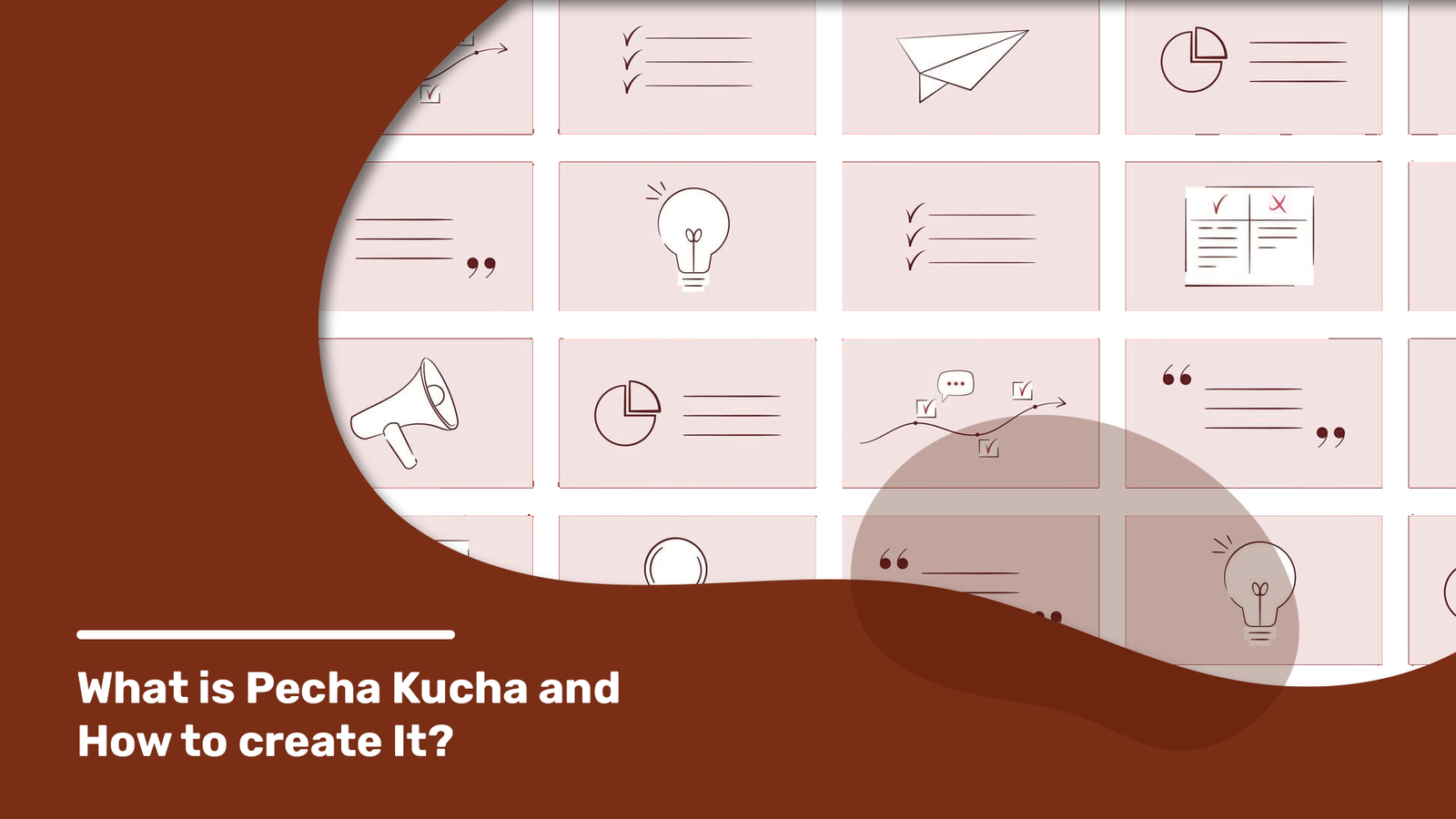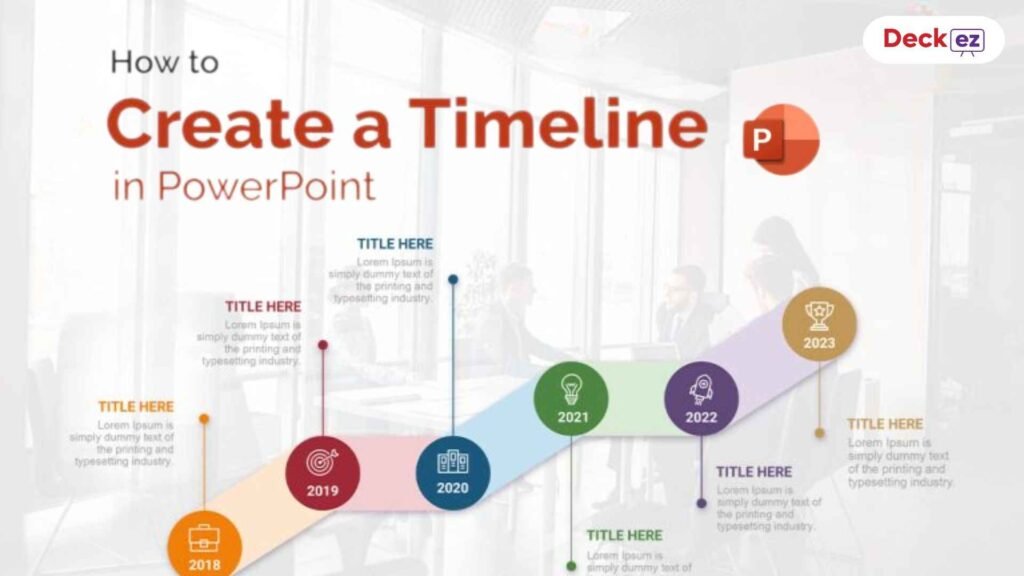Introduction
In today’s presentation world, where attention is shorter than ever before, capturing an audience’s attention is a challenge. This is where Pecha Kucha steps in—a dynamic, organized, and very visual presentation style that ensures audiences are held captive while communicating strong messages succinctly. From Japan, Pecha Kucha has spread around the world as a substitute for conventional presentations, particularly in the creative sector, business pitches, and academia.
The popularity of Pecha Kucha is an indication of the increased demand for presenters to convey intricate concepts in a concise manner. In contrast with lengthy slide decks that may last for some unknown time, Pecha Kucha compels presenters to be concise, engaging, and visually innovative. Through this detailed tutorial, we will cover what Pecha Kucha entails and how it is different from standard presentations, and we will offer practical steps to enable you to develop your own captivating Pecha Kucha presentation.
What is Pecha Kucha? A Brief Overview
Pecha Kucha is a quick presentation style where presenters employ 20 slides, each shown for 20 seconds, which adds up to 6 minutes and 40 seconds. The extremely visual format invites brief storytelling and is used in business, education, and design sectors.
The term Pecha Kucha (peh-cha ku-cha) originates from the Japanese word for “chit-chat,” because the presentation format is casual but powerful. It does away with unnecessary explanations and makes speakers concentrate only on what matters.
What sets Pecha Kucha apart is its focus on images over text-filled slides. Rather than reading off of slides, presenters utilize engaging pictures that enhance their words, which makes it more interesting and easier to remember for the audience.
The Origins and Evolution of Pecha Kucha
Pecha Kucha was launched in 2003 in Tokyo, Japan, by architects Astrid Klein and Mark Dytham, who were in search of a more efficient way to present creative projects without tedious presentations. The format gained popularity soon among creative fields and then spread to various other fields such as business, education, and public speaking.
Now, Pecha Kucha events take place all around the world in more than 1400 cities, and the style has become a norm for storytelling, product pitches, and educational lectures. Numerous companies utilize Pecha Kucha to reduce internal presentations to essentials so that meetings stay brief and useful.
The rise of digital communication and social media storytelling has further fueled the popularity of Pecha Kucha, as it aligns with the modern preference for bite-sized, visually driven content.
Pecha Kucha vs. Traditional Presentations: Key Differences
Unlike traditional presentations, which can often be lengthy, unfocused, or overloaded with information, Pecha Kucha is highly structured and time-constrained. Here’s how it differs:
| Feature | Pecha Kucha | Traditional Presentation |
| Slide Count | 20 fixed slides | The mix of text-heavy and visual slides |
| Timing | 20 seconds per slide (total: 6 min 40 sec) | Flexible, often exceeding time limits |
| Content Style | Highly visual, minimal text | Can vary depending on presenter’s style |
| Pacing | Fast-paced and engaging | Can be slow and lose audience interest |
| Engagement Level | High engagement due to structured delivery | Can vary depending on the presenter’s style |
Pecha Kucha avoids information overload, as each second of the presentation counts. It promotes concise, clear communication and is thus a great tool for contemporary professionals.
Understanding the 20×20 Format: The Rules of Pecha Kucha
The 20×20 is the core of Pecha Kucha. The rigid format compels speakers to focus on main points and align verbal content with slides. These are tips for maximizing the format:
- 20 Slides, 20 Seconds Each: The entire presentation lasts precisely 6 minutes and 40 seconds.
- Time-Limited Narration: Presenters must sync their speech with the automatic transition of slides.
- Minimal Text: Slides should feature high-impact visuals with minimal words.
- Strong Narrative Flow: The storytelling structure should keep the audience engaged.
- Practice is Essential: Due to the strict timing, rehearsing multiple times is crucial.
This format ensures a crisp, energetic, and visually immersive presentation—ideal for engaging modern audiences.
Why Pecha Kucha Works: Engaging and Fast-Paced Presentations
Pecha Kucha eliminates unnecessary details and keeps presentations engaging from start to finish. The format is especially effective because:
- It enhances audience retention by eliminating long, monotonous explanations.
- It encourages creativity by prioritizing visuals over text.
- It prevents over-explaining, making speakers more concise and impactful.
- It aligns with modern attention spans, ensuring presentations remain compelling.
In short, Pecha Kucha is designed for impact, making it an excellent choice for corporate meetings, business pitches, educational lectures, and creative storytelling.
How to Structure a Compelling Pecha Kucha Presentation
A great Pecha Kucha presentation follows a storytelling structure that keeps the audience engaged. Follow these steps:
- Define Your Core Message: Focus on a single, clear idea that ties your presentation together.
- Outline Your Narrative: Structure your presentation with an introduction, problem, solution, and conclusion.
- Choose Powerful Visuals: Use images that reinforce your message instead of relying on bullet points.
- Script Concisely: Since each slide lasts only 20 seconds, keep your spoken content short and to the point.
- Practice Until Flawless: Since the slides advance automatically, rehearsing is critical for a smooth delivery.
Choosing the Right Visuals: Less Text, More Impact
Pecha Kucha relies heavily on strong visuals to convey information effectively. When selecting images:
- Use high-quality images that align with your narrative.
- Avoid cluttered slides; minimal text ensures the focus remains on visuals.
- Consider contrast and readability; visuals should be clear and easy to interpret.
- Use infographics, illustrations, and charts when presenting data-heavy topics.
The goal is to let visuals do the storytelling while the speaker provides context.
Common Mistakes to Avoid in Pecha Kucha Presentations
Even though Pecha Kucha is simple, presenters often make common mistakes:
- Overloading slides with text: This defeats the purpose of visual storytelling.
- Speaking too fast or too slow: Time management is key; practice ensures proper pacing.
- Using irrelevant visuals: Every slide should contribute meaningfully to the message.
- Not practicing enough: Automatic slide transitions mean there’s no room for hesitation.
Avoiding these pitfalls ensures a seamless and engaging Pecha Kucha presentation.
Conclusion
Pecha Kucha is a forceful presentation style that enriches the narrative, invites clarity, and engages people. With its ordered yet adaptive format, speakers are able to communicate powerful messages in a short space of time. Pitching an entrepreneurial venture, lecturing, or making a presentation at a business gathering—no matter what, being adept at Pecha Kucha will immensely enhance the response from your audience and refine your communication abilities.
If you want to produce visually appealing and captivating Pecha Kucha presentations, then engaging the services of a professional presentation design company can be beneficial. With the help of skilled design strategies, you can guarantee that your slides are visually appealing and strategically relevant to your message.
Pecha Kucha may be short, but its impact lasts long—a skill worth mastering in today’s fast-paced world.
FAQ Section
1. What is the ideal audience size for a Pecha Kucha presentation?
Pecha Kucha works well for diverse audience sizes but is particularly effective in settings where brevity and impact are valued.
2. How much preparation time is needed for a successful Pecha Kucha?
While preparation time varies, practicing multiple times to master timing is crucial.
3. How long is a Pecha Kucha presentation?
A Pecha Kucha presentation lasts 6 minutes and 40 seconds, following a 20 slides x 20 seconds per slide rule. This time limit ensures fast-paced, engaging delivery.
4. What type of content works best in a Pecha Kucha?
Content that is concise, visual, and story-driven tends to work best in this format.
5. Do I need professional help to create a Pecha Kucha?
While not mandatory, working with a presentation design service provider can enhance the overall quality and effectiveness of your presentation.









